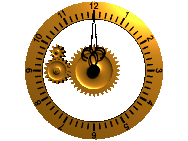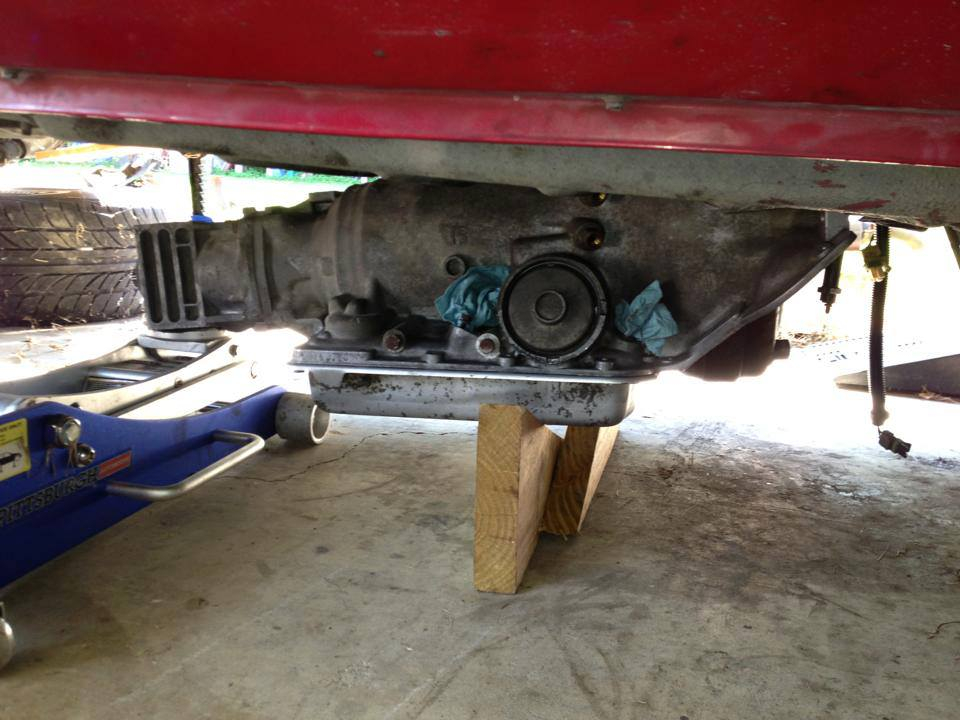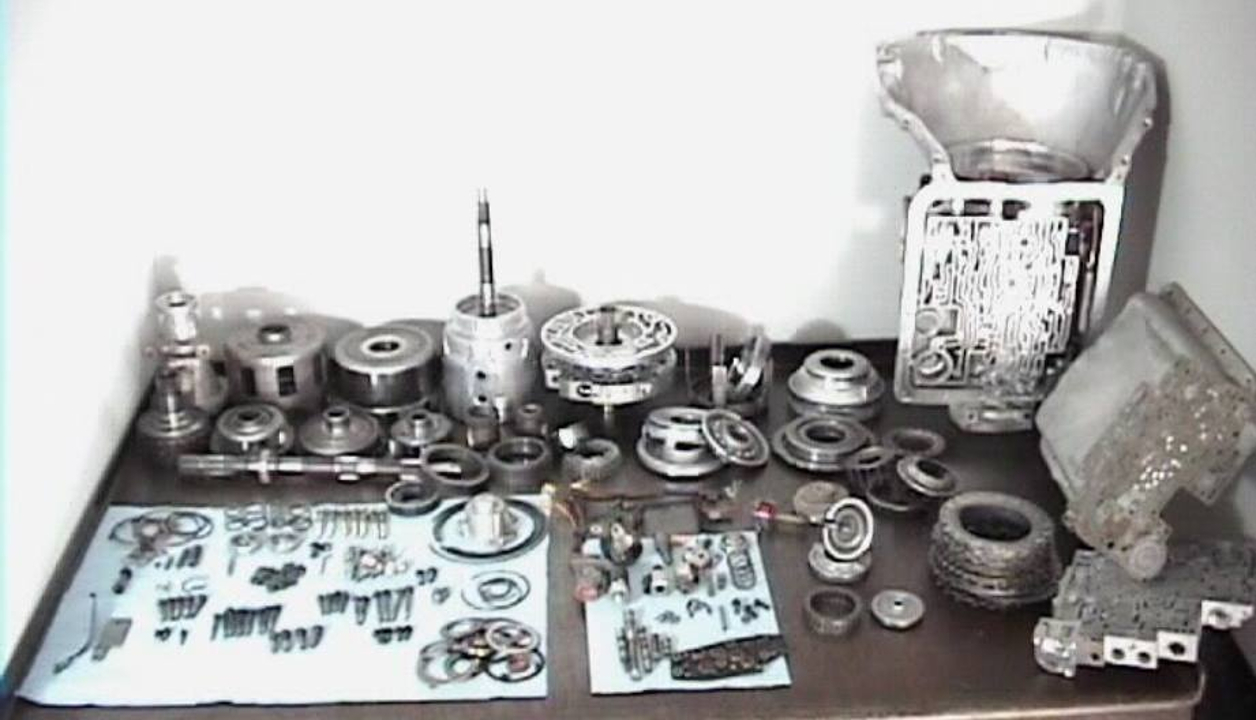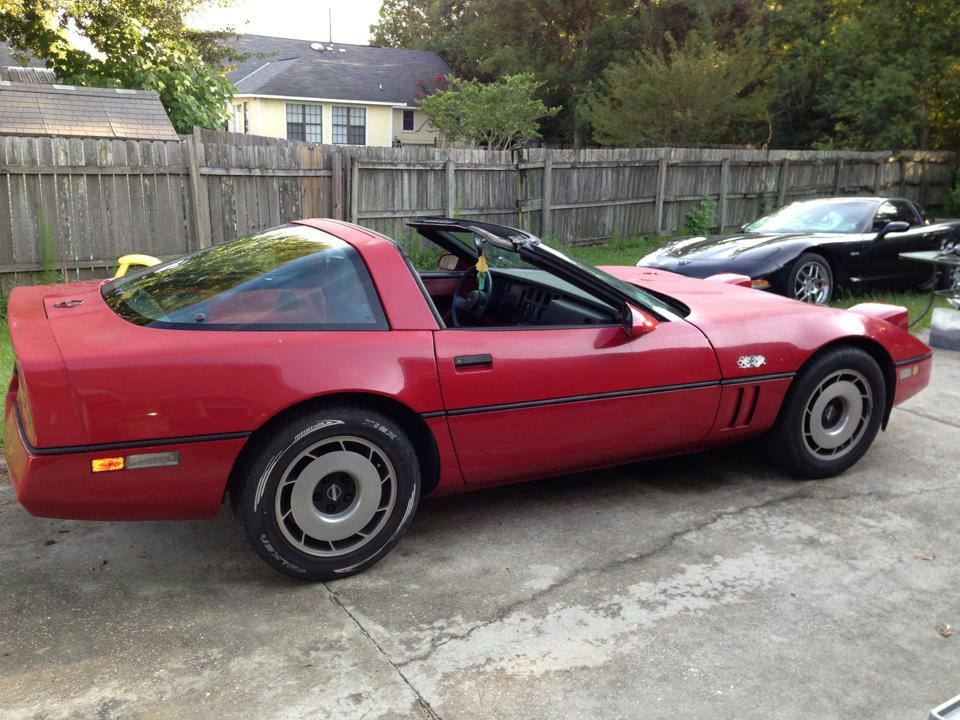




You will find below a list of skills that I developed, either during the course of my studies and my work as an assistant professor, or as leisure activities.
In 1982, when I was 9 yo, I got my very first computer, a TRS80 with 16 ko of RAM and a 1.4 MHz processor. I had no games for it, but just a manual from which I learned the BASIC programming language. Since then, I have always been interested in programming. Today, the languages that I know are (from most to least frequenlty used):
When I got my first PC, it came with the DOS operating system which had no secret for me, before Windows was released. Although I'm very familiar with Windows, my prefered operating system is Linux which is way more powerful and stable.
This is a non-exhaustive list of software that I use on a regular basis:
Although I taught electronics at the College of Wooster, I never learned it in college (I only learned about Ohm's law, resistors, capacitors, inductors, and op-amps in 11th grade). I was actually introduced to electronics when I was 7 yo and received a cardboard “all-in-one” electronics kit. The distinguishing feature of these kits is that they make use of spring connectors. Circuits were routed by bending the springs, inserting a jumper wire between the coils and letting go. The pressure of the spring would make an electrical connection with the jumper and you could put more than one wire on any one spring. Each component on the board was broken out to a set of spring connectors, allowing the young inventor to design and build circuits without soldering or wire-wrapping. Since then, I always wanted to try to fix all broken electronic devices that I had, and I learned electronics from books and magazines.
I like to build my own circuit boards, by drawing the circuit with a PCB software, printing the corresponding mask, and using some etching mixture. My most complex circuit is probably my spectrum analyzer, which is fully described with all calculations here.
I wish I learned the piano when I was young, but I never had any lessons. So I simply learned it on my own. I got my first keyboard when I was 18 yo, and it took me much longer than it should have to reach a decent level. Here is an example of what I can play, Against All Odds from Phil Collins.
I always want to fix things, including my cars. The most challenging work that I did was when I broke the transmission of my 1984 Corvette. I didn't know anything about how transmissions work, so I did a lot a Google searches. I finally decided to take the transmission down and disassemble it. It wasn't easy, as I didn't have the proper tools, no car lift, and nobody to help me. So I had to be creative. Another difficulty was that I didn't have a suitable clean space for disassembling the transmission, so I did it in my kitchen (and for the pleasure of my wife)!
The middle picture below shows how scary the job was! After 6 weeks with the transmission hanging out in the kitchen, I was finally able to get the replacement parts for $180, and put everything back together. This is a job for which Chevrolet was asking $3000.



This website is definitely not the most professional-looking website, but I believe it is decent. See how it includes a dynamical auto-hiding header and footer, and how it is responsive and mobile-device-friendly when the window is resized.
For my presentations and lectures, I often make use of 3D modeling for my pictures and videos. For this I use the POV-Ray software, a free and easy-to-use raytracer. I also developed my own raytracer in C++. As an example, here is a tutorial for the construction of a CO2 laser that I made.
Update: I took some online classes and obtained some certificates for Neural Networks, improvements, and Reinforcement Learning. I need to update this section...
As for electronics, I never learned machine learning techniques in college, I only discovered them by doing some Google searches. However, I learned enough about machine learning to be able to teach it at Loyola University. This subject is of interest to me because I'm trying to figure out ways to use machine learning for solving quantum problems. I'm not an expert in the field, but I learn everyday a little bit more about it. In particular, I have some knowledge about neural networks, reinforcement learning, the K-means algorithm, and the anomaly detection algorithm.
As an illustration of reinforcement learning, here is a robot that I made and programmed, which learns how to crawl with no initial knowledge.
Not sure you want to subscribe? Take a peek at the description of the Blue Moonshine channel to get an idea of its contents.